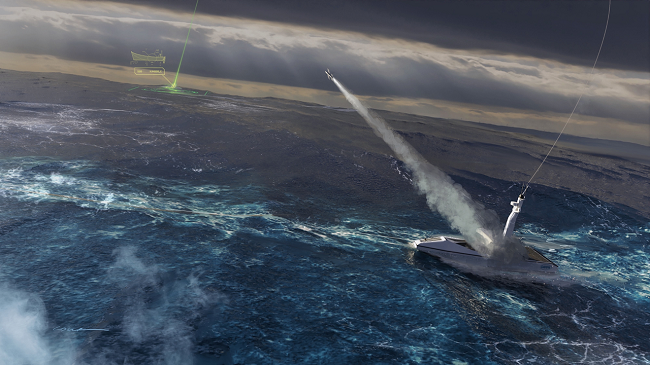
In the United States, DARPA (Defense Advanced Research Projects Agency), the Department of Defense agency tasked with developing emerging military technologies, has officially launched PULLING GUARD, a new program aimed at providing armed escort capabilities for merchant vessels transiting through high-risk areas—without relying on traditional warships.
Conventional naval escorts are often too expensive, numerically insufficient, and in many scenarios, excessively capable when compared to the nature of the threat—frequently asymmetrical in nature, such as attacks by pirates, irregular militias, or explosive-laden remote-controlled boats (the Red Sea being a case in point).
The program's solicitation was published on May 1, 2025, with proposals accepted until July 25, 2025. PULLING GUARD will unfold in two phases: an 18-month initial phase to evaluate the most promising concepts, followed by a 21-month development phase focused on a narrower selection of proposals, progressing toward integration, production, and fielding. Both phases will address two primary areas of interest: platform development and the integration of sensors and the kill-chain.
Arguably the most innovative—and disruptive—feature of the program lies in its central concept: an uncrewed system that will be physically towed by the very merchant ship it is meant to protect. While towed, the platform will likely feature its own propulsion and maneuvering systems, given the unpredictability of maritime conditions. The design will be modular in both hardware and software, allowing flexibility and adaptability to evolving technologies and threats.
The system will operate under a man-in-the-loop paradigm, with a remote operator supervising and managing multiple units simultaneously via secure links. The U.S. Department of Defense will be responsible for armament supply and remote control operations.
Threat detection and target identification will rely not only on the platform’s onboard sensors, but also on a deployed UAV, tasked with target designation and illumination to enable missile engagement. Likely—but not exclusively—candidates for armament include AGM-114L Longbow HELLFIRE or AGM-176 GRIFFIN-C lightweight missiles.
A particularly unconventional aspect of the program is that the escort platform will be commercially owned and delivered as an “off-the-shelf” security service. While this may streamline acquisition and operational bureaucracy, it raises a number of legal grey areas. For instance, since the system is towed by the merchant vessel, it cannot be defined as an independent ship—it would be considered an appendage and thus fall under the legal definition of a merchant vessel. However, merchant vessels are prohibited from carrying arms during peacetime, a prerogative reserved for warships.
Further complications arise when considering scenarios such as passage through foreign territorial waters, entry into foreign ports, or erroneous target engagement.
There are also recurring concerns tied to semi-autonomous weapons systems. What happens in the event of loss of connection with the remote operator—due to malfunction, interference, electronic warfare, or cyberattack? Who handles maintenance or system failure, especially in the absence of on-site technical personnel from the military or the commercial provider?
For now, all that remains is to sit back—with a good supply of popcorn—and watch whether PULLING GUARD will indeed be implemented as outlined in the solicitation.








.png)
